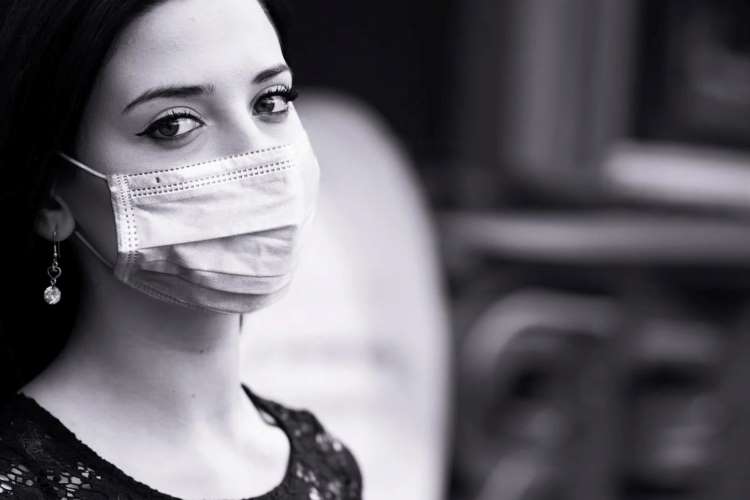
The coronavirus threat is far from over. When things seem to be in control, people lower their guard, resulting in new spikes in infection. Last week, the world crossed another milestone — half a billion known cases of Covid-19. As of today, the official figure for infections is 50,70,32,346 while the official death toll is 62,32,220. While North America and Europe account for most of the official Covid-19 numbers, the figures from India, some African nations and Latin America are highly disputed.
There has been a marked decline in the number of new cases for some time. However, there are worrying reports from countries like China that had managed to control the earlier waves of the pandemic. India has reported 2,380 new cases in the last 24 hours. This takes active cases in the country to 13,433 and total cases to 4,30,49,974.
READ I Work from home to work from anywhere: How Covid-19 revolutionised workplace
Air pollution and Covid-19
For India, the hostile summer months could see a spike in numbers. The biggest threat for the country, however, comes from bad air quality in most Indian cities. It is proven that exposure to ambient air pollutants elevates the risk of SARS-CoV-2 infection. A study of young adults in Stockholm conducted by researchers from Karolinska Institutet is the latest research on the subject.
The researchers at Karolinska Institutet examined the link between estimated exposure to air pollutants at home and positive PCR tests among young adults in Stockholm. The study shows that areas where the air quality is poor have more cases of Covid-19. The study goes on to prove that some vehicular traffic-related pollutants lead to more positive results.
READ I Covid-19 crisis: CSR must supplement govt’s grassroots transformation efforts
The study drew data from the BAMSE project that covers more than 4,000 residents of Stockholm. The researchers linked this data to Sweden’s national communicable disease registry and identified 425 people who tested positive between May 2020 and end-March 2021. The average age of the respondents was 26, with 54% of the sample being women.
Daily concentration of various air pollutants at the participants’ localities was calculated using the dispersion method. The pollutants studied were PM10, PM2.5, black carbon and nitrogen oxides. The scientists studied the link between infections and exposure to pollutants in the days before the PCR test, the day of the test and later. The study found links between infection risk and exposure to PM10 and PM2.5 two days before positive tests and to black carbon one day before. The results show no link between the risk of infection and nitrogen oxides. Gender, weight or asthma did not influence the outcomes.
The study will ring alarm bells in India where cities are notorious for their pollution levels. No Indian city measured up to the WHO standards of 5 micrograms per cubic metre, according to the World Air Quality Report by IQAir, a Swiss organisation that brings out an annual report. Delhi has been named the world’s most polluted capital city for four years running.
Bhiwadi (Rajasthan), Ghaziabad (Uttar Pradesh), Delhi, Jaunpur (Uttar Pradesh), Noida (Uttar Pradesh), Baghpat (Uttar Pradesh), Hisar (Haryana), Faridabad (Haryana), and Greater Noida (Uttar Pradesh) are the 10 most polluted cities in the country.
